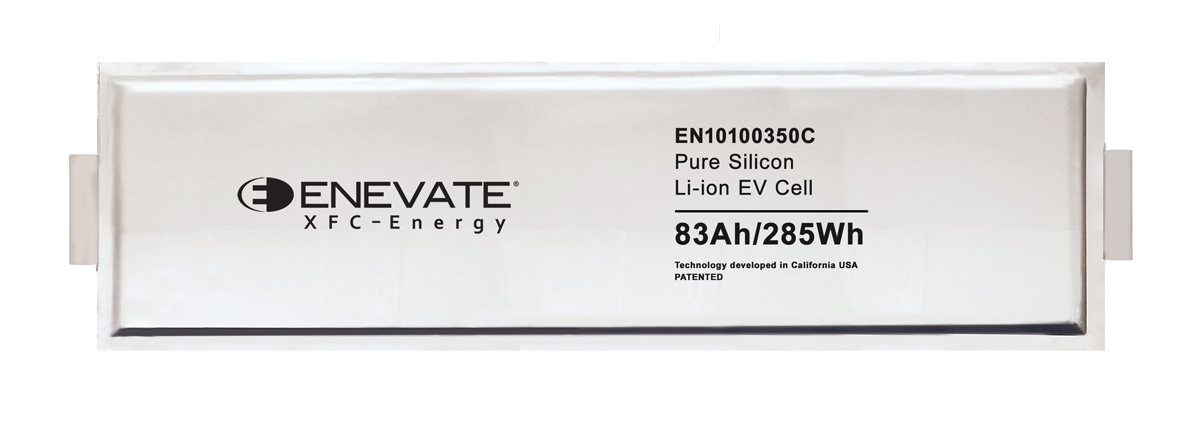A Short History
of Batteries
The momentum of decades has led us here.
Battery technology has evolved dramatically since the 1960s. We’ve moved away from reliance on dirty technologies and fossil fuels toward a brighter, cleaner and more sustainable future. Batteries have finally become good enough to make a future of electric vehicles possible.
1960s-1970s
Rechargeable NiCd batteries fueled the rise of cordless phones, but they were heavy and produced a “memory effect” which affected performance.
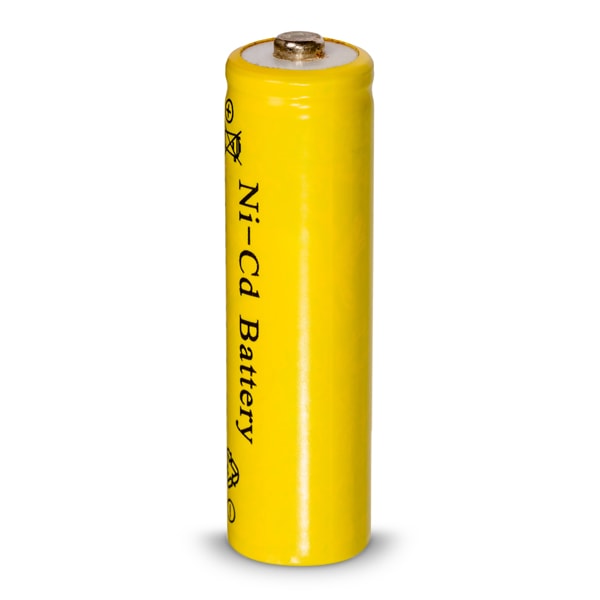
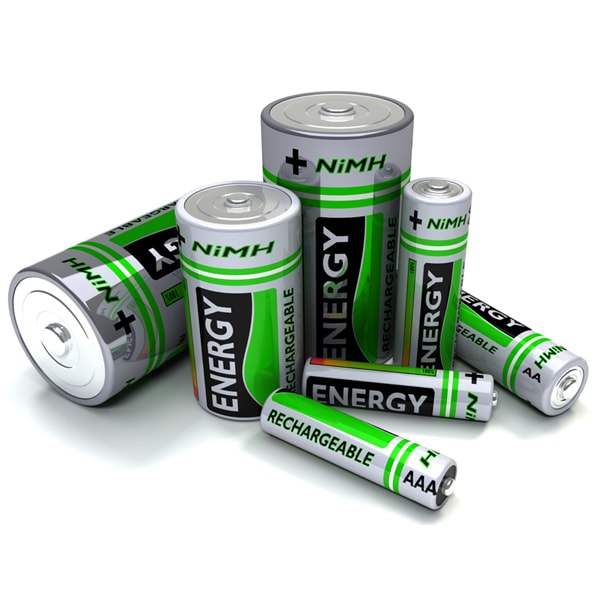
1980s
NiMH batteries offered more capacity and produced no “memory effect,” but required all-new charging and management circuits.
1990s
Dr. John Goodenough substantially increased energy density with Lithium-ion (Li-ion) batteries by tripling voltage, making batteries 40% smaller and lighter, and allowing recharging in any condition. This major change required new electronics as well as new factories and manufacturing processes.
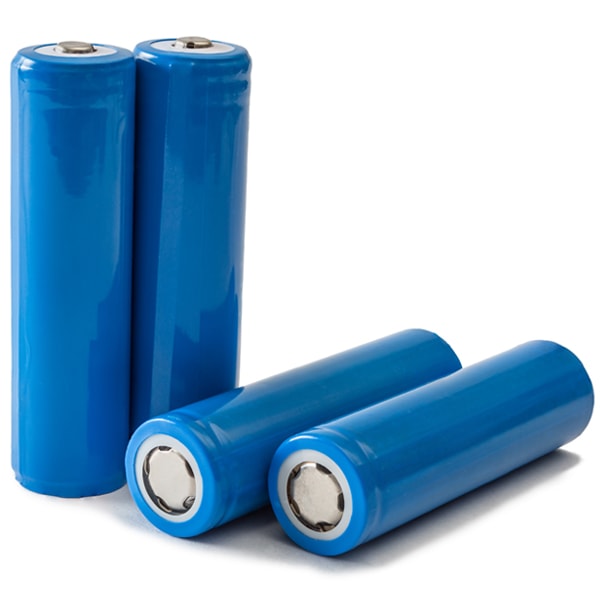
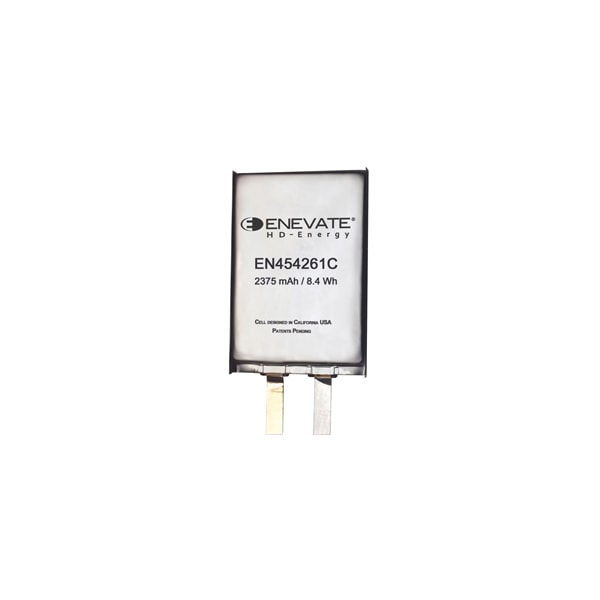
2015
Enevate’s HD-Energy® Technology Li-ion batteries can be charged in 15 minutes and can extend battery runtime by up to 50%. Their innovative, thin form factor makes them ideal for embedding in next-generation electronic devices.
2017
Enevate achieves 5-minute charging with high energy density and releases HD-Energy Technology for electric vehicles, using Enevate anodes paired with high-nickel content cathodes typically used in EVs.

2020+
Enevate’s 4th generation XFC-EnergyTM Technology is optimized for high-volume production. Enevate partners with leading global EV battery manufacturers and automotive OEMs to commercialize and industrialize large-format EV cells into next-gen EVs capable of extreme fast charge and long range.
